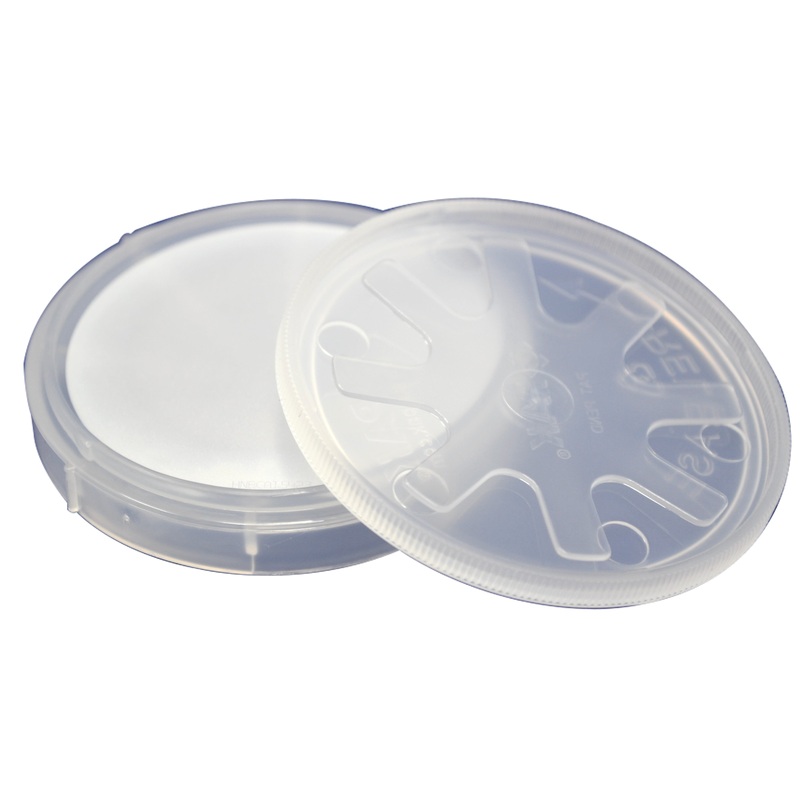
MSE Supplies AlN Template on Sapphire Technical Data (AFM and XRD)
Research publications that cited the use of MSE Supplies AlN template product.
David Arto Laleyan, Kelsey Mengle, Songrui Zhao, Yongjie Wang, Emmanouil Kioupakis, and Zetian Mi, "Effect of growth temperature on the structural and optical properties of few-layer hexagonal boron nitride by molecular beam epitaxy," Opt. Express 26, 23031-23039 (2018)
To confirm such a theoretical prediction, we compared the PL emission of h-BN with AlN, a direct bandgap semiconductor with similar energy bandgap values. Shown in Fig. 5(a) are the PL spectra of h-BN grown by plasma-assisted MBE (Sample C) and a commercial AlN epilayer sample (~4 um thick, ) measured under the same conditions at room temperature.
S. Jublot-Leclerca, G. Bouhalia, F. Palliera, A. Declmy, "Temperature dependence of elastic strain and damage build-up in He implanted AlN", Journal of the European Ceramic Society,Volume 41, Issue 1, January 2021, Pages 259-267
An epitaxial 45m-thick layer provided by .
The elastic strain build-up and damage induced by 50keV He implantation at RT and 550C into (0001)AlN were studied using a combination of XRD experiments, XRD simulation, and TEM experiments. Evidence for strong dynamic annealing with efficient point defect recombination is reported at RT. The point defect recombination is found to be enhanced with increasing implantation temperature where He concentration is low, indicating increased mobility of interstitial-type defects and resulting in low strain. A reversed effect is observed for He concentration exceeding 5 at.% (3 at.%) at RT (550C) : thermally activated mechanisms related to the nucleation and growth of He-V complexes overcome the point defect recombination and promote the strain and damage build-up. At 11017cm2, only clusters of interstitials are observed at RT, whilst bubbles and basal stacking faults are additionally formed at 550C for a critical He concentration estimated to be close to 46at.%.
